Don’t we all wish we had a magic wand to wave over our puppy? If I was a magician and had such magical abilities, I might choose to remove all the “puppy” behaviors I don’t like from my puppy and replace them with “adult” behaviors I do like.
But then, I would loose the magic of puppyhood and all the joy and fun it brings. The joy of seeing a young friend learning about the world for the first time, the fun of watching my puppy savor every new experience with the abandon so gifted on the young, would be lost to me. I would lose the memories of the hard work I put in taming my wild beast, my adult acting puppy would seem older, and that would remind me how little time we actually have with our dog friends before they age and leave us in a decade or so.
I might find when my friend is grown older and gray around the muzzle I mourn for those past days of puppyhood, for those memories of joy and an entire life well lived.
No, I would not wish, even with a magic wand, to remove from my puppy any of it’s puppy self, to deprive us both of those magical days of youth, when everything is new and the world is one big “yet to be had” experience.
So how can I manage my puppy then? That wee dragon I have brought home disguised as an adorable floof? When dragon is destroying my possessions, running amok through my home, chewing, peeing, pooping, and trying my patience?
When the witching hour strikes and my wee floof looks at me, crazy eyes akimbo, before rampaging through the house, razor sharp teeth out and ready to shred, what do I do to tame the dragon?
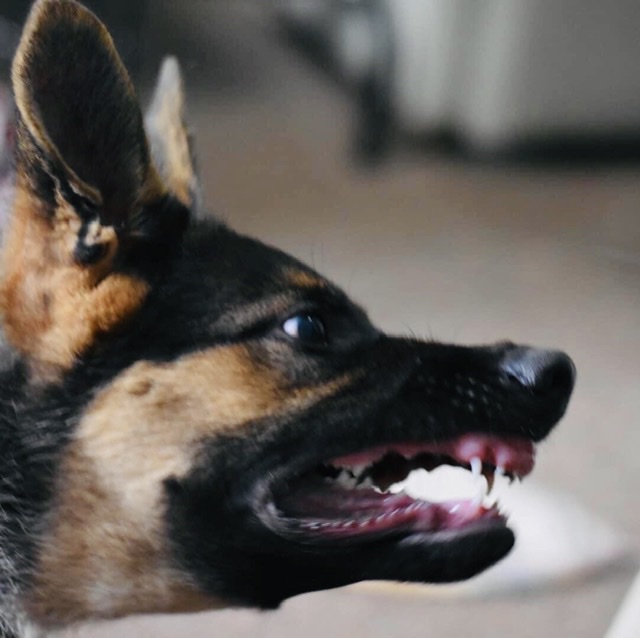

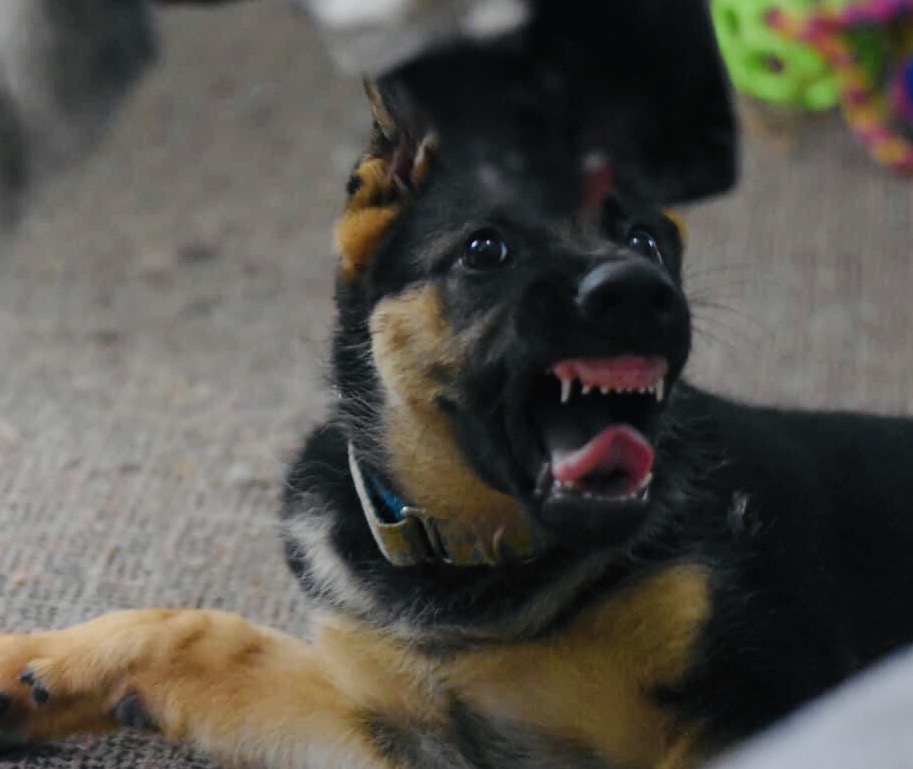
Management, that is the magic I seek. Dog trainers and hobbyists have long known about the magic of management.
Management is preventing some behaviors and encouraging other behaviors, by using various forms of confinement. This might be something as simple as closing a door to prevent puppy from chewing up the children’s toys.
Management is how you are able to attend to necessary human tasks such as running errands, bathing children, getting ready for work, eating a family meal, without your puppy being able to toilet all over your house, or chew your cords, or tear up your carpet. Management keeps our puppy safe, and us sane. Mastering management is the closest thing to a magic wand we have in puppy raising.
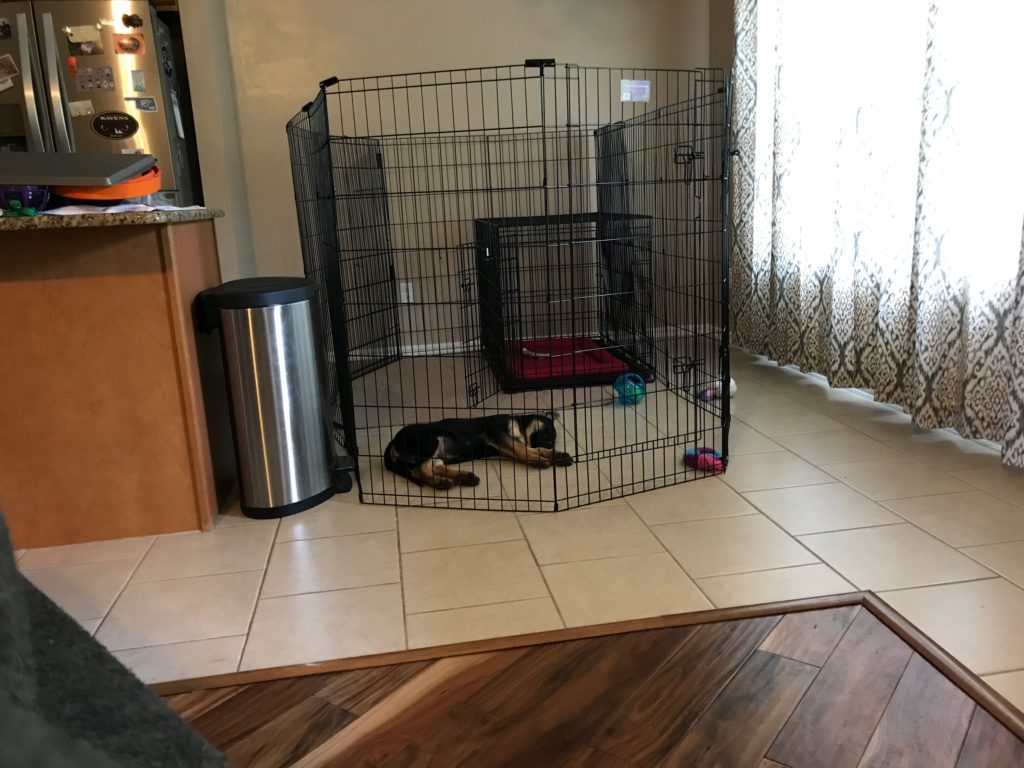
Playpens
Setting up a playpen (aka exercise or X pens) for your puppy allows you to easily confine the puppy for resting, meals, confinement and separation training. Unlike a crate, a puppy in a play pen can move around freely and choose from different “zones” for different behaviors. Your puppy can choose to sleep in it’s crate on a nice cozy bed, or if very young, choose to relieve itself in a toilet area such as a litter box (thus containing the mess and fostering clean habits), or choose to play in the open space in the middle. Playpens are one of the most underutilized tools in puppy raising and that’s unfortunate, because they are just so valuable. Here are some things to consider when you purchase an x pen, and some uses you may not have thought of.
- Hard to climb out of: Choose an x pen much taller than you think you will need, or choose one without horizontal bars. For all but the smallest puppies choose a heavier weight pen over a light weight pen.
- Large enough, for most breeds a 4’ by 4’ pen is enough room, but if you have a giant breed puppy you will need a larger pen.
- Can also be used to keep a puppy OUT of something. Have an antique grand piano, Christmas Tree, or other large item you can’t simply close a door to protect? Consider buying a low cost x pen to put AROUND that item. This will prevent the puppy from having access to that item at all until it’s older.
- Can go with you “on the road” if you are traveling with your puppy for camping, staying with friends, or on holiday. Take that x pen along, it’s easier to transport than a crate and your puppy can use it even as an adult.
- The perfect place for a puppy when you need to attend to other tasks but the puppy does not need to be crated, or is not yet comfortable being crated.
- Perfect place for a zooming, overly tired, puppy who is not able to rest and is terrorizing the house.
- A good “baby step” on the road to crate training.
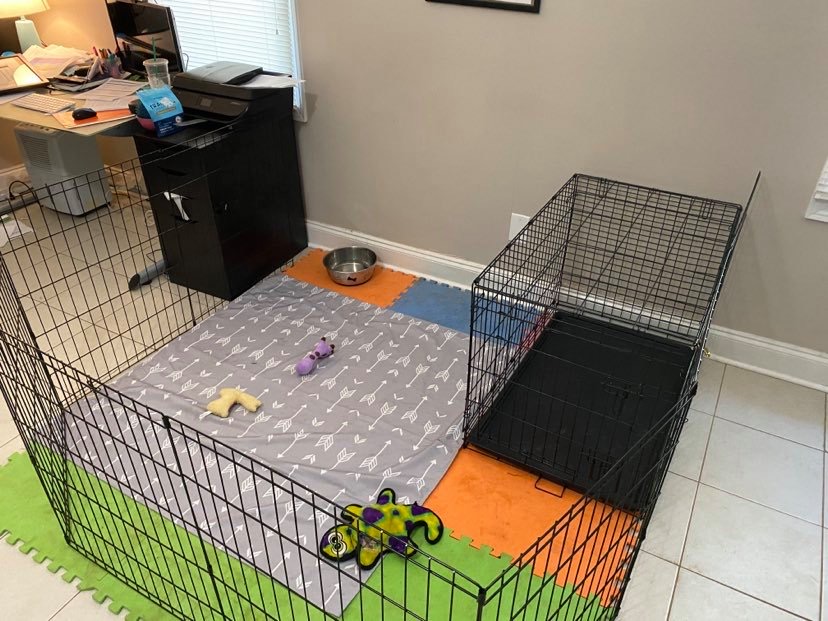

Need a little help teaching your puppy to love spending time in it’s playpen? Check out this great tutorial from Pawsitive Futures.
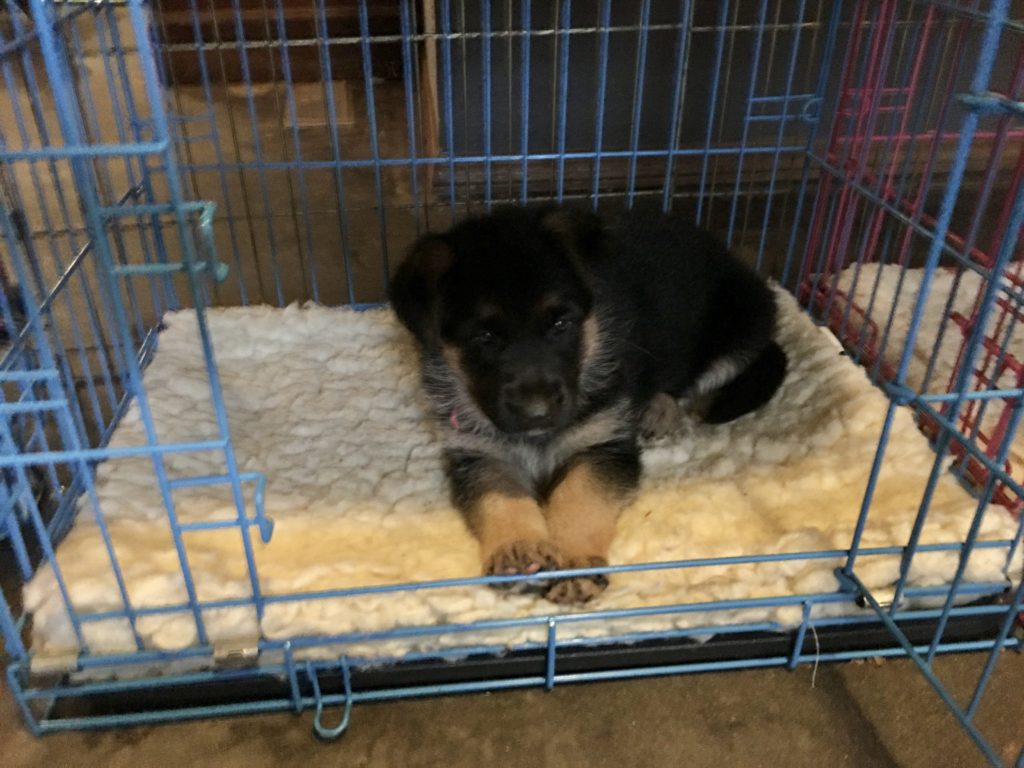
Crates
We all know the value of crates, another popular form of management. Unlike an x pen your puppy cannot really stretch out or move around in a crate, this may be desirable (such as overnight) but it does mean that overuse of the crate is undesirable. Puppies who are crated cannot exercise any choice over the movement of their body, they cannot play or relieve themselves (something very important for puppies) and so over use of the crate can lead to all manner of behavioral and physical problems for our dogs. This is why having a playpen option is valuable. As long as we are not using over using the crate there are times when a crate is indispensable for a puppy.
- When traveling in the car: a crate can prevent distracted driving and serious injury to the dog in an accident (if the crate is crash tested).
- At night when puppy needs to learn to sleep.
- When the puppy is unsafe left unattended and a playpen is not available or suitable.
- For daytime naps, when a playpen is not available or suitable.
- For resting after surgery, or injury, so an x pen allows too much movement.
- In small spaces where an x pen won’t fit or isn’t suitable.
- When traveling by air.
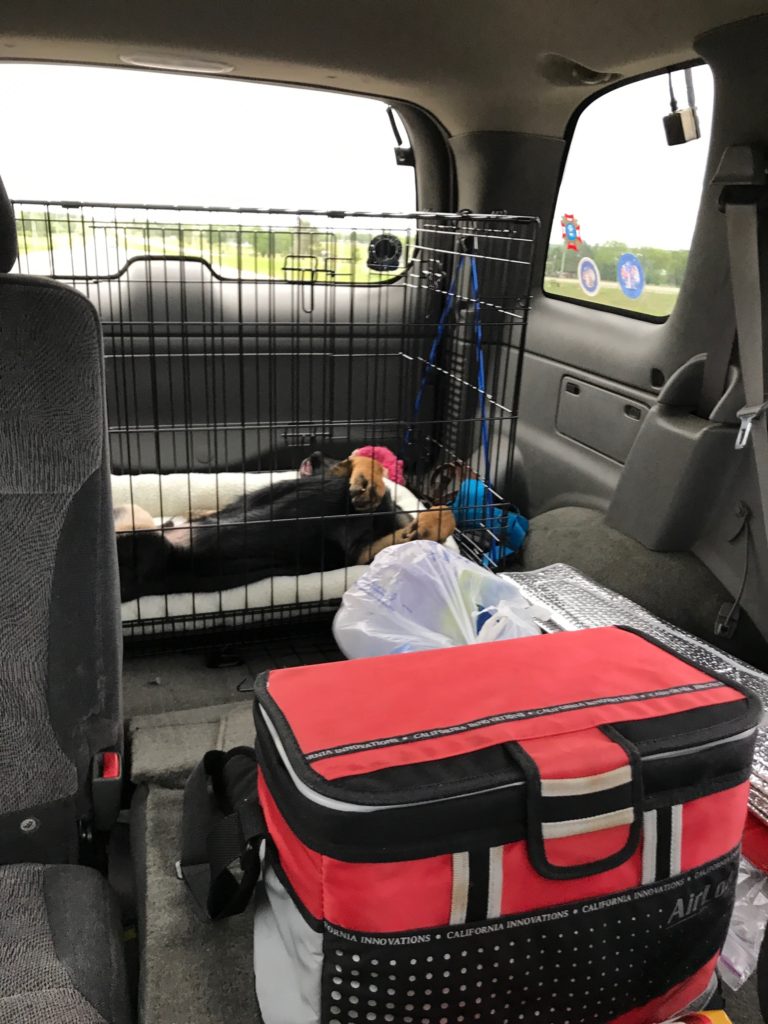
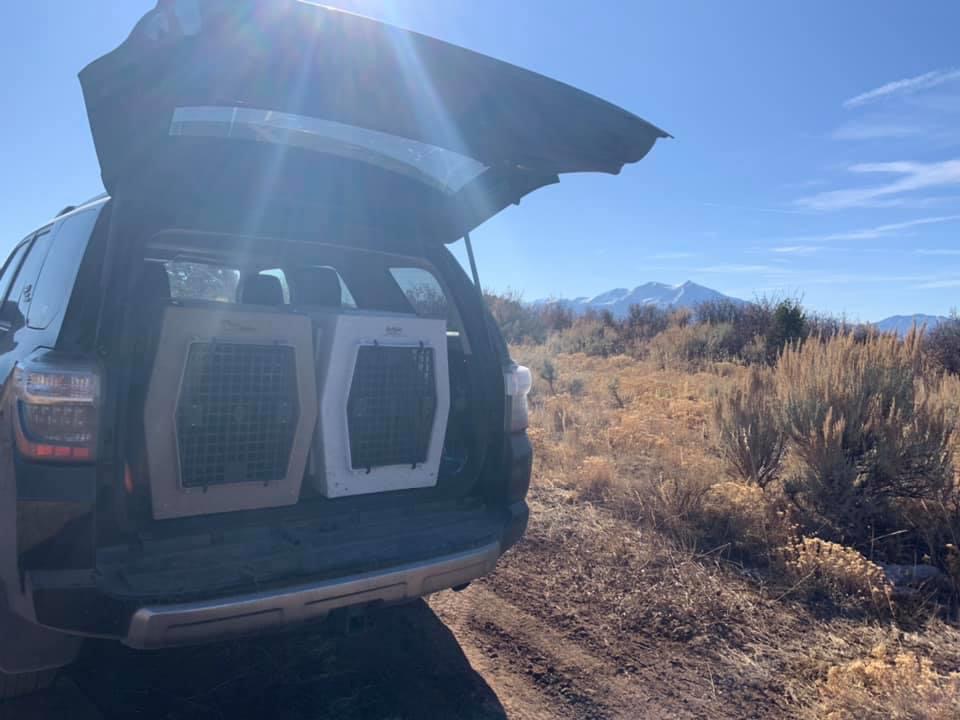
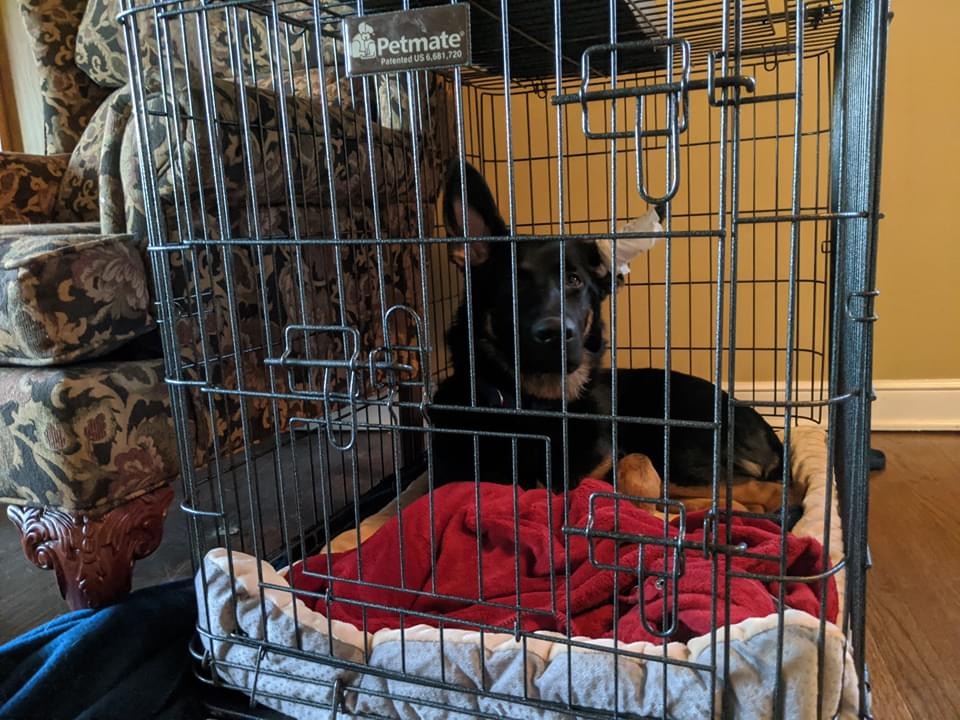
Check out our blog Confident Crating for help crate training your puppy, or Contact Us, to schedule a consultation.

Baby Gates
Baby Gates are another way to easily manage behavior. A baby gate can be used to create a Play Pen in a small puppy safe room (such as a laundry room or mud room), to prevent puppy from accessing entire parts of the house (such as blocking off stairs, bedrooms, or offices), or to separate puppies from guests to your home. Baby Gates should be tall enough the puppy never learns to climb over (avoiding gates with horizontal bars is good), jump over, or reach over and grab at people. If closing doors to certain rooms is not desirable but neither is puppy having access to those rooms a baby gate is the solution you’ve been looking for.
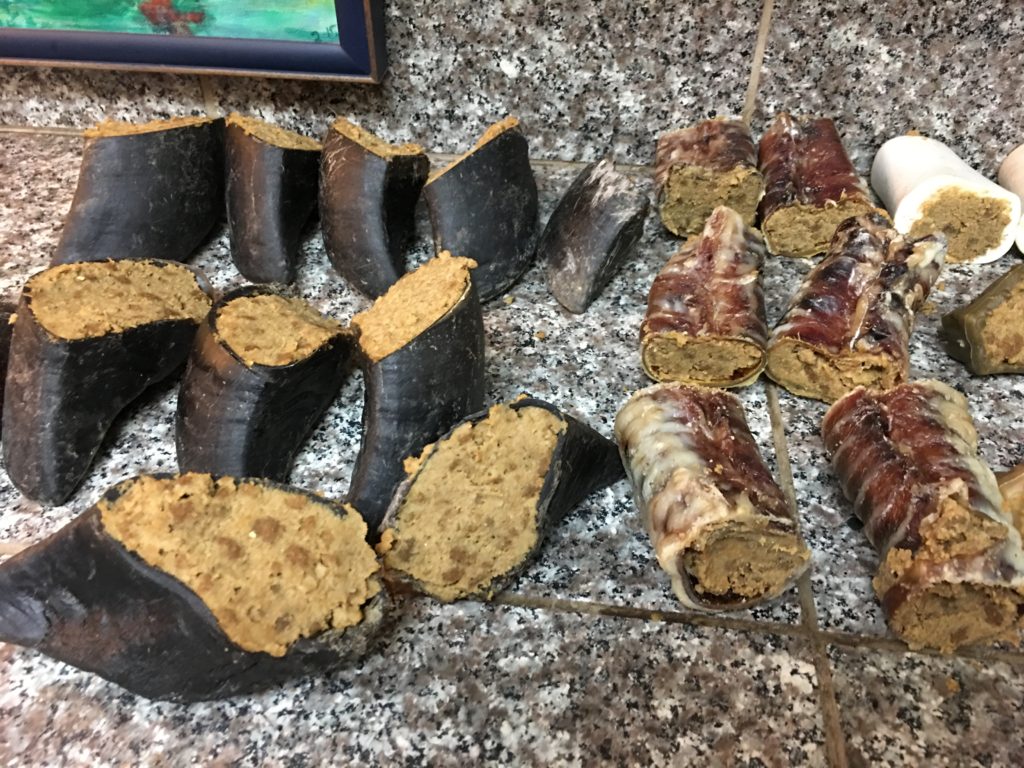
Pacifiers
Pacifiers are any chew or toy that holds a puppy’s attention and meets chewing needs. Pacifiers are an outstanding way to manage behavior, and to give puppies an activity to do in a playpen, crate, or behind a baby gate. What type of pacifier will work for your puppy depends greatly on it’s size, chew strength, age (puppy or adult teeth), safety concerns (ie puppies who eat things they should not), and both human and puppy preferences. It’s a good idea to keep at least 20 different types of pacifiers “at the ready” when raising a puppy.
There are a wide variety of pacifier options! Too many to list here but I’ve dropped some product recommendations below. Here are some tips to consider when teaching your puppy how to use pacifiers (yes, many of these habits needs to be cultivated).
- Start Easy, many pacifiers (such as Kongs) are too difficult for puppies. Look for a “cavity” toy that has a wide open mouth to start (like the West Paws Toppl, or a hoof or Nylabone Hoof Alternative).
- Was once alive: For puppies animal part chews are often the most engaging, trachea, bladder sticks, trachea, ears, hooves, horns, are all options to consider. Bonus points if they have a cavity you can stuff with food.
- Rotate often: Boredom is a important consideration. We would get tired of eating even our most favorite foods if we ate them every day. Chews are no different. Buy a lot of different options and rotate them frequently.
For more pacifier help and ideas visit our Power of a Pacifier blog, our Pacifier Stuffing Ideas, Pupcicles recipe for ideas and inspiration.

Leashes (all types)
Leashes are another type of management tool that is often overlooked. Your leash is not only a great way to keep your puppy safe on walks, it’s also a great way to manage puppy behavior at other times. You can even hook your leash to a person (ie a buddy leash, or an umbilical leash) to make sure the responsible person doesn’t forget to manage the puppy. Here are some great ideas for using a leash to manage puppy behavior.
- To prevent puppy from getting hurt on walks.
- To prevent puppy from chasing the cat or a child.
- To prevent puppy from taking a child’s or another dogs toy or chew.
- To ensure the Responsible Human doesn’t loose track of the puppy.
- To ensure the Responsible Person notices a puppy being good so that good behavior can be reinforced with a treat.
- To prevent puppy from running out the front door when children are coming and going.
- So many uses for leashes!
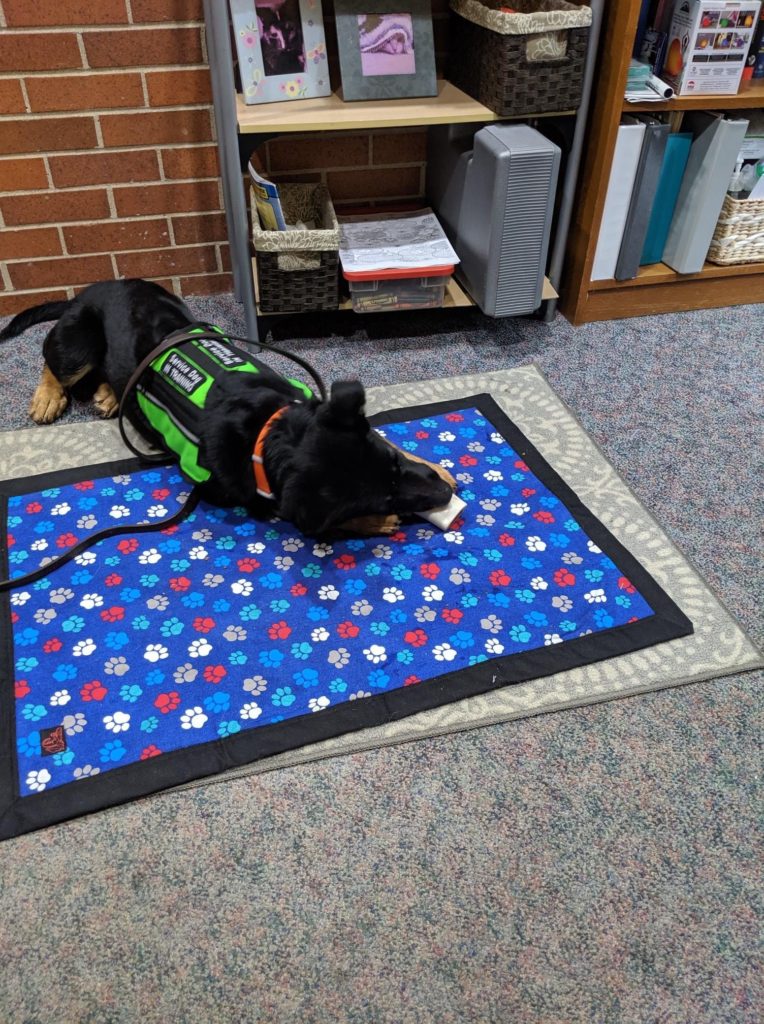
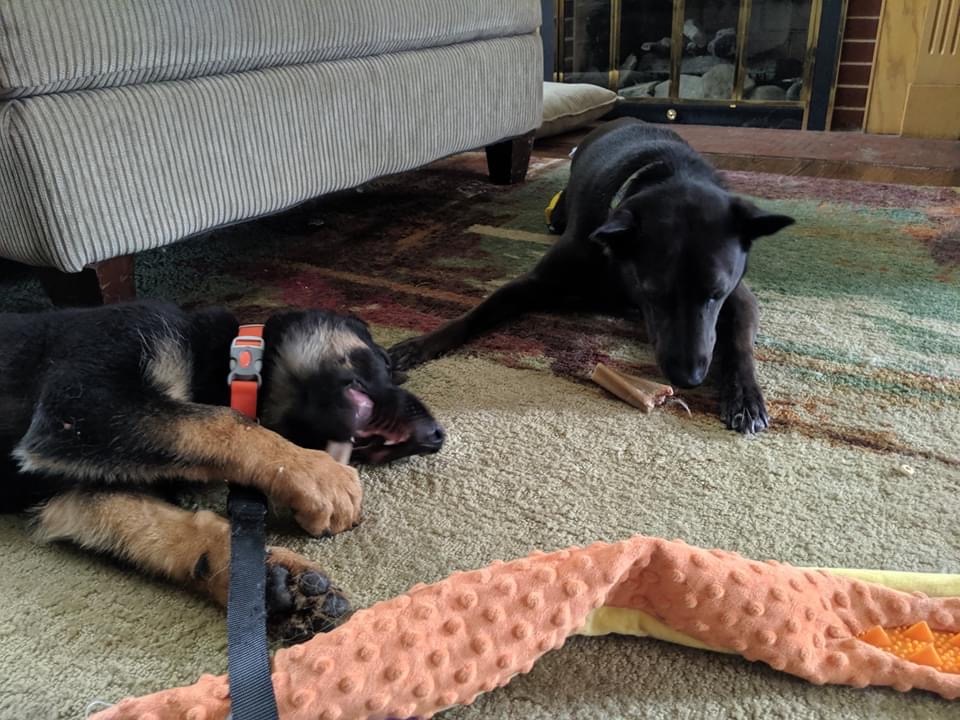
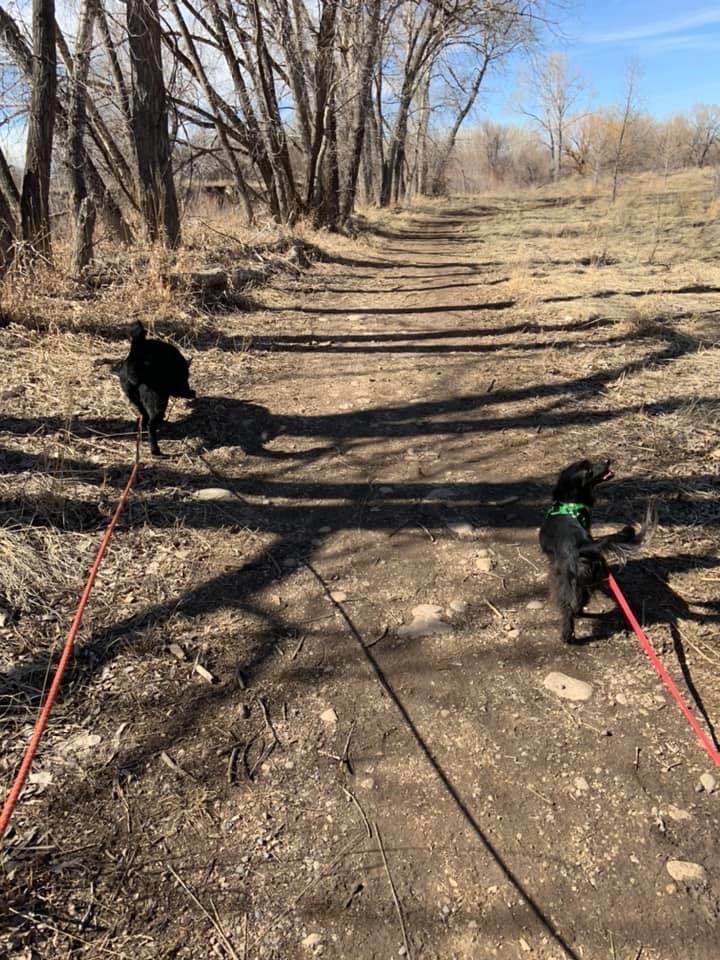
So, if you are raising a wee dragon of your own, consider meeting magic with management and implementing some of these management tricks and tools to make your puppy raising more fun for everyone.
Need help? Reach out and Contact us to schedule a distance consultation, visit our Pandemic Puppy Support Group our Austerlitz German Shepherds FB Page, where we have an album of pacifier ideas, or for product recommendations our Amazon Page.
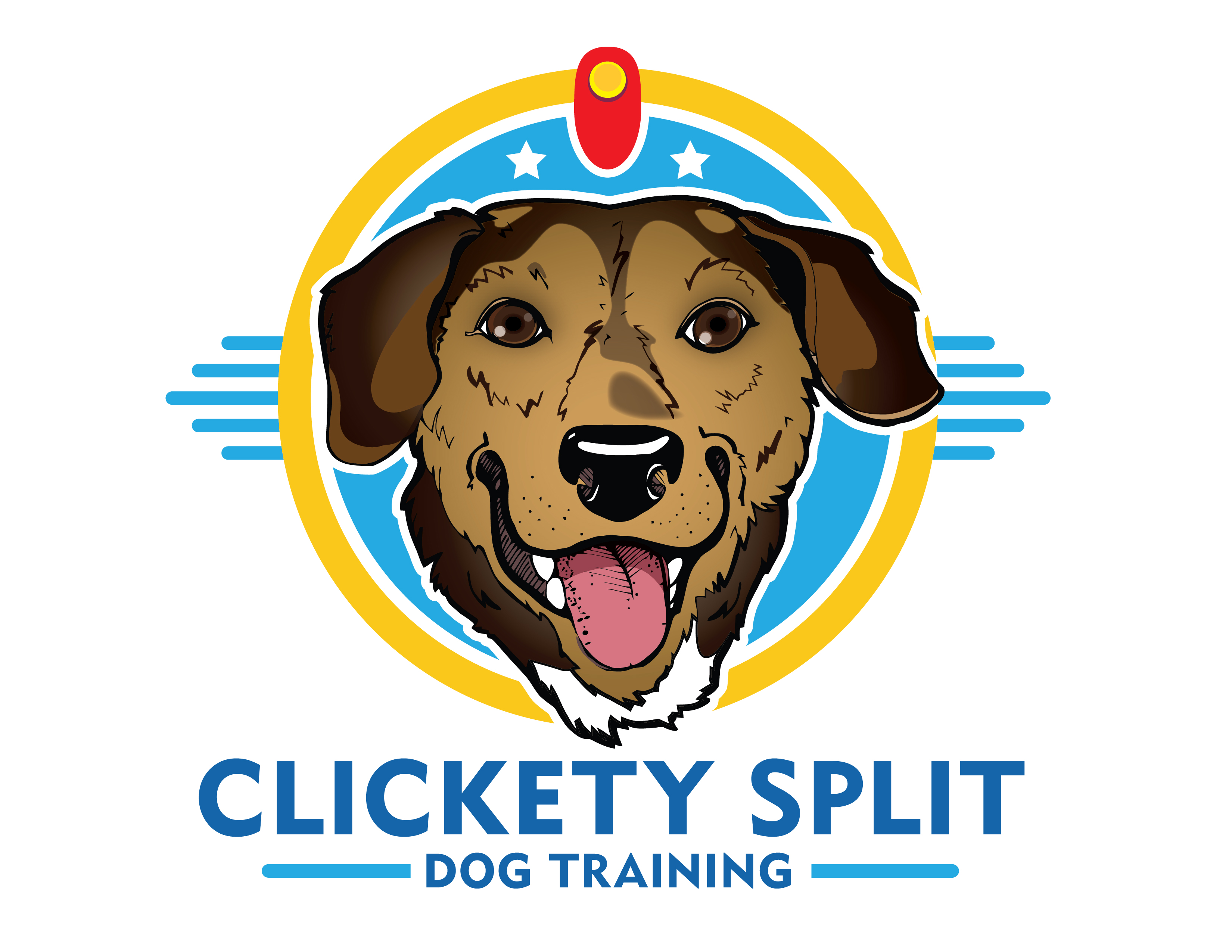


Comments are closed.